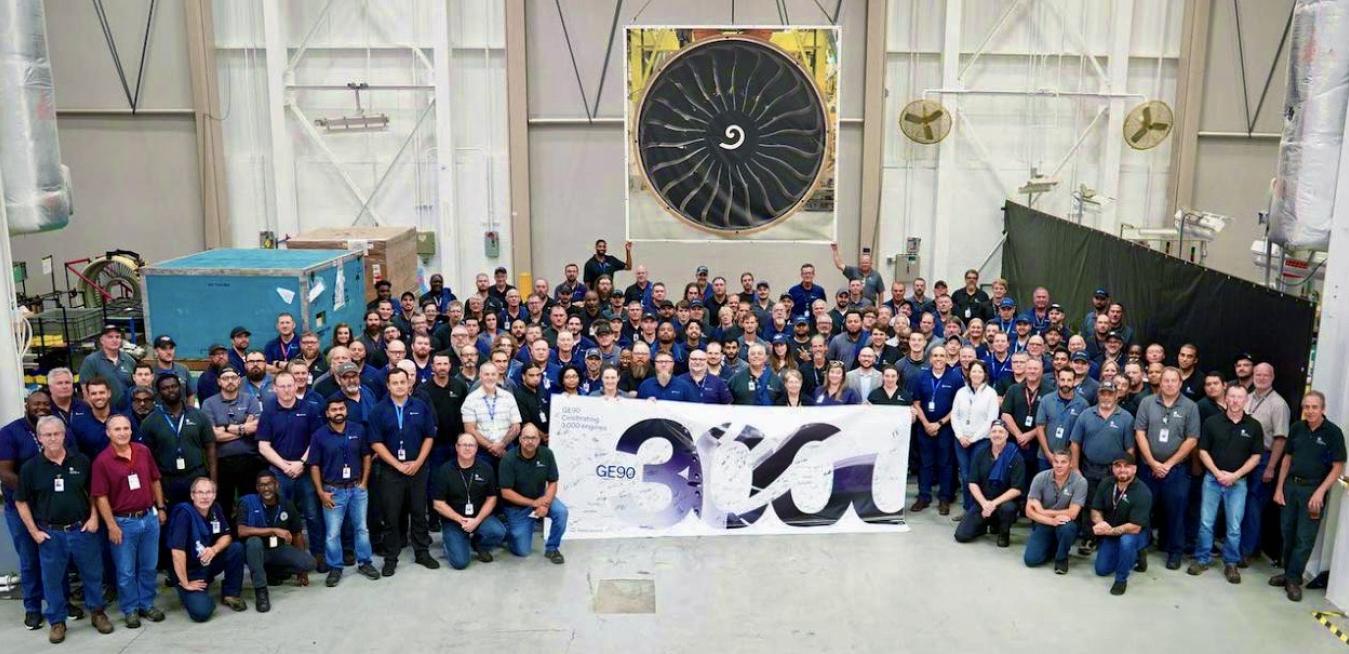In the annals of engine production, the GE90 holds a special attraction for both the aviation world and the people at GE Aerospace who’ve worked on the engine program. Among commercial engines, the number of firsts it’s chalked up over the years is hard to beat: First to enter service with carbon-fiber composite fan blades. First certified at over 100,000 pounds of thrust. First engine certified for ETOPS (Extended-range Twin-engine Operational Performance Standards). First certified with an additive part. First program to employ analytics-based maintenance.
Until recently, the maintenance department at Emirates, the Dubai-based carrier, was operating by the book. Literally. Ground crews used detailed charts and calendar-based schedules to estimate when the engines powering its massive fleet of Boeing 777 jets needed service.
Airline managers scheduled maintenance every 400 to 600 flight hours — even if nothing was wrong — to perform routine preventative work on their GE90-115B engines, incidentally the most powerful jet engines in the world.






